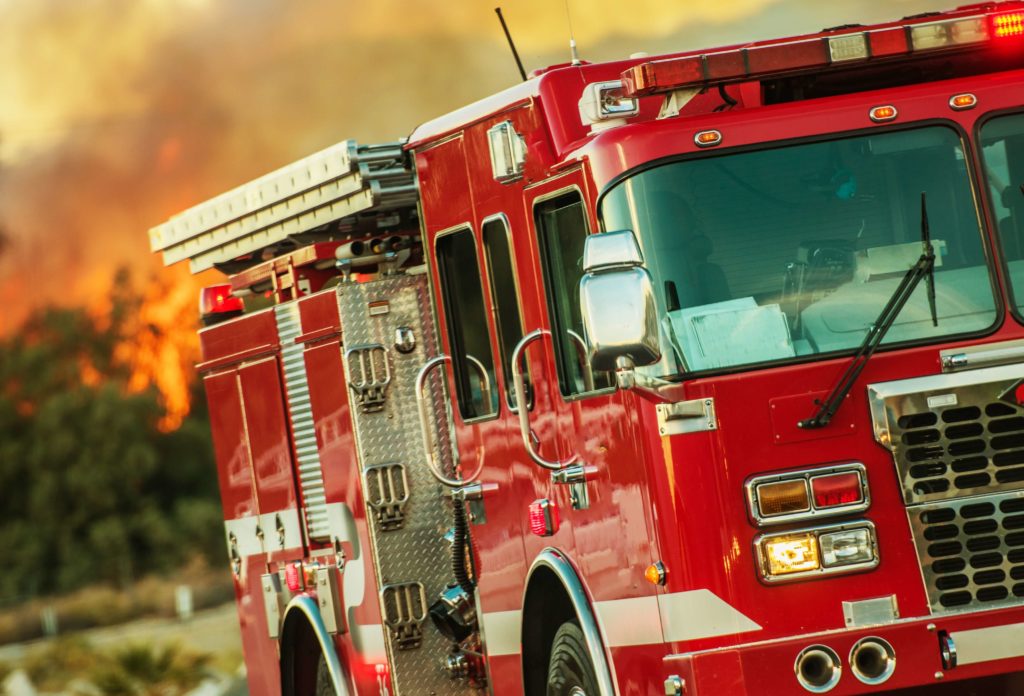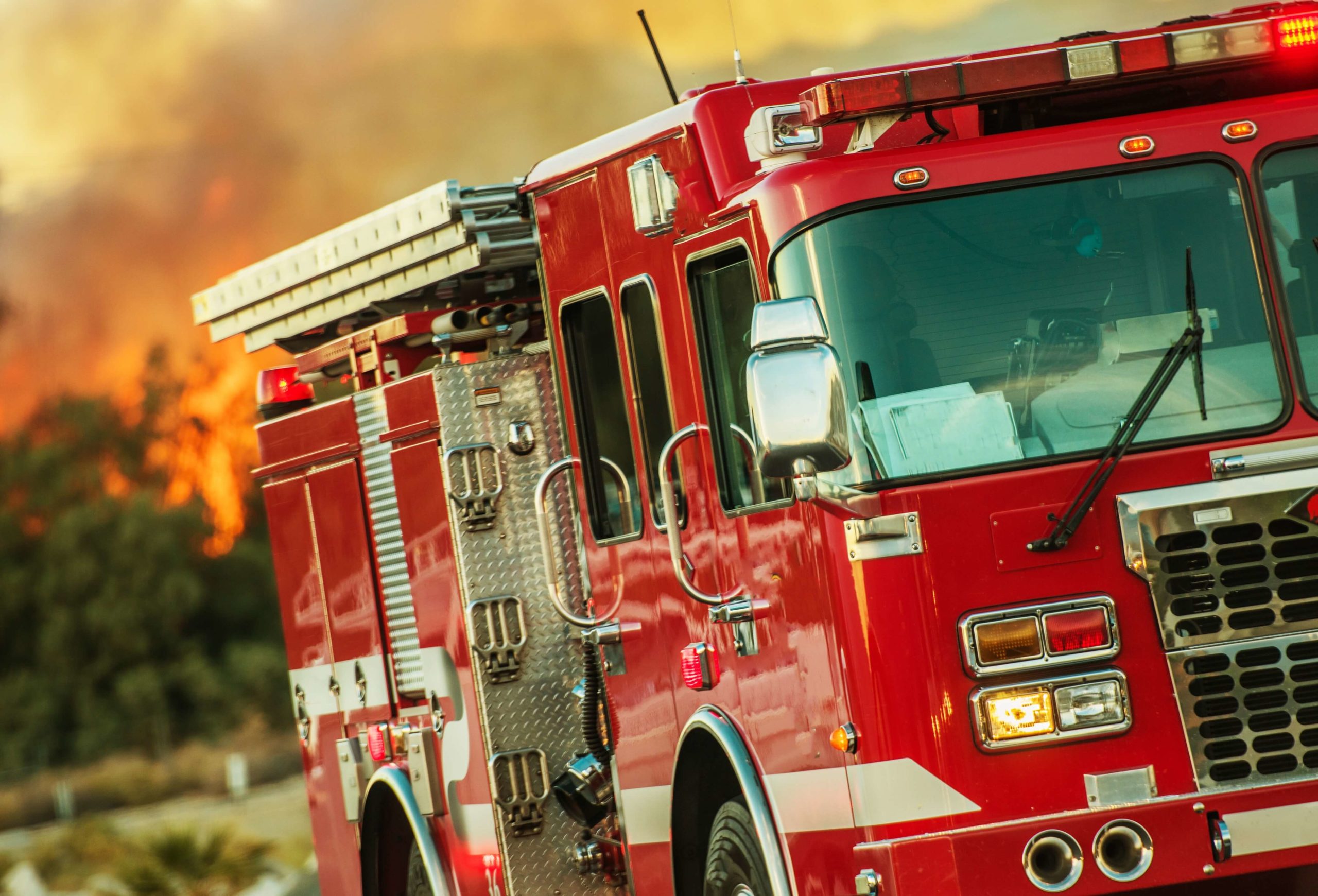California wildfires used to be confined to a “season,” but now, according to the CAL Fire website, they’re occurring more frequently and burning hotter, faster, and more unpredictably than ever before. Being prepared for wildfires before-the-fact is particularly important for seniors. According to statistics, people at the age of 65 are twice as likely to be injured or killed by fires, as compared to the rest of the general population. A rapidly growing age group, adults 65 and up comprise approximately 12% of the population. Since resources can quickly grow thin during catastrophic events, it’s essential to take preventative steps to stay safe. It’s also very important to have an escape plan, should the unthinkable happen. Remember, things can always be replaced.
Here are five basic tips to protect yourself from the ravages of wildfires
- Make sure your home is surrounded by what’s called “defensible space”
To prevent embers from igniting your home, clear leaves and other debris from gutters, eaves, porches and decks. Make sure there is no dead leaves or other vegetation within 10 feet of the house, as well as under your deck or porch. Screen or box-in areas below patios and to prevent combustible materials from accumulating underneath. Remove debris and lawn cuttings immediately to reduce fuel for fire.
Remove flammable materials, such as stacks of firewood stacks or propane tanks, etc. from within 30 feet of your home’s foundation and outbuildings, including garages and sheds. If it can catch fire, it shouldn’t touch your house, deck, or porch.
Since wildfires can spread to tree tops, you should prune nearby trees so that the lowest branches are 6′ to 10′ from the ground. Keep your lawn hydrated and maintained. If your grass is brown, cut it down to reduce fire intensity. Dry grass and shrubs are fuel for wildfire.
- Protect the outside of your home against fire and flying embers
Make sure roof tiles or shingles are in a proper state of repair. Loose or missing shingles or tiles can allow embers to penetrate the roof and enter your attic, which tend to be dry and exposed wood and insulation, which is often covered by paper.
Cover exterior attic vents with metal wire mesh no larger than 1/8″ to prevent sparks from entering your home. Enclose any and all openings, i.e. ender-eave and soffit vents with metal mesh or screens to prevent burning embers from entering your home.
- Prepare a “go-bag” or emergency kit—do it now.
Put an emergency supply kit together and place it in a safe spot that you can access quickly and easily. Some suggestions for your go-bag include medications, water, food, such as energy bars, clothes, phone, and any other essential items you can’t go without. Remember to include personal identification and any important documents. Additionally, regarding the phone, keep one nearby, along with emergency phone numbers so you can communicate with emergency personnel if you’re trapped in your home by fire or smoke.
- Create a wildfire action plan
Contact your local planning/zoning office to find out if your home is in a high wildfire risk area. Talk to your local fire department about how to prepare, when to evacuate, and the response you and your neighbors can expect in the event of a wildfire.
- Know how to get out quickly and safely if needed
Develop an emergency evacuation plan and practice it with everyone in your home. Plan two ways out of your neighborhood and designate a meeting place. If possible, seniors should consider sleeping in a room on the ground floor in order to make emergency escape easier. If you or someone you live with cannot escape alone, designate a member of the household to assist. Make sure you have a backup in case the designated helper isn’t home.

Here are some additional fire-safety resources:
- CAL Fire Website
- Prevent Wildfire CA
- National Fire Protection Association
- A Fire and Fall Prevention Program for Oder Adults
- Learn more about the basics of defensible space on the Firewise website
As a member of the community, New Wave Home Care believes that helping to protect you and your home is our responsibility. Please check back with us for updates or assistance for your wildfire action plan if you need a backup for your escape plan.


